
The last time they were at the Paramount Theatre, Sigur Rós were touring behind their just-released sixth album Valtari, their final LP with founding member Kjartan Sveinsson, who declined to tour with them that year and would fully quit the band not long after. That album remains the most mellow in their catalog, but its followup, 2013's Kveikur, was its polar opposite, a loud, heavy reinvention that found the band embracing its most monolithic tendencies in the best ways possible. Four years later at the Paramount, it seems that Sigur Rós are somewhere in between. Touring as a trio for the first time, they've spent the year playing reconfigured versions of old tracks and two new songs, both of which are filled with tension and unease, but set more at Valtari's theater-level volumes than the arena-sized klaxons of Kveikur. Opening both halves of the night's two-set performance, these new songs (and a stunning light show) set the tone for where Sigur Rós is seemingly heading next: a grey, stormy haze that explores the subtleties in their music without sacrificing their emotional heft.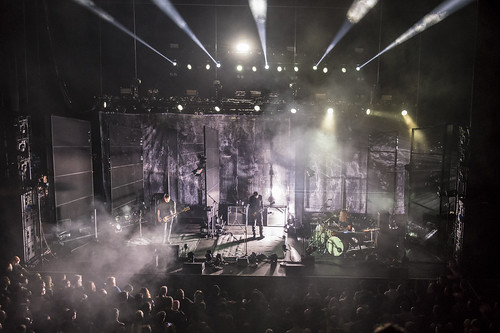
While the band have rarely toured without supplemental musicians (their only post-breakthrough outing as a quartet was a tour in 2008; this is their first tour as a trio), the performance was hardly lacking in volume or nuance. If anything, it released the band members to each play a more versatile role onstage than on previous jaunts, with Jónsi, Georg, and Orri each switching instruments multiple times throughout the night, occasionally mid-song. Strictly speaking in terms of performance, the musicians, whether the band or their auxiliary members, have historically played a supporting role in a Sigur Rós show, as the visual elements and swelling sounds have long taken the front seat. This is clearly no longer the case. Watching the band move about the stage to their various musical setups in, around, and even behind the stage lighting was as crucial to the performance as the songs were, most tangibly during "Óveður" and "Starálfur", when the trio pulled a move from Bono's playbook and moved behind a semi-transparent visual screen. The show's visuals were presented on large, vibrant LED screens flanked by lanterns and strobes in an array that is, without the exception of Kanye West's floating stage, as striking and clever as anything used in an arena or festival stage this year. At least on paper, it's somewhat surprising to be talking comparatively about a Sigur Rós performance as being in the same realm as U2 or Kanye West, but the Icelandic group's live reputation is a sizeable one, big enough to turn a band that almost never sings in English and has an average song length of six minutes into, quite literally, an arena-level band.

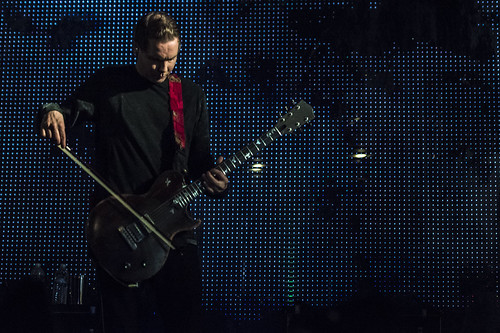

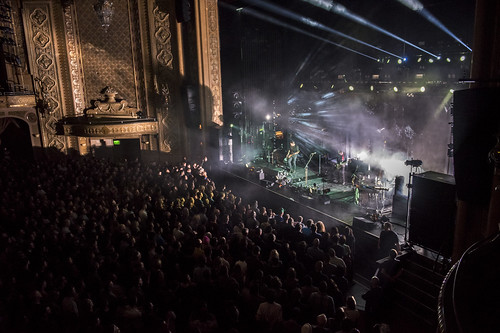
As impressive as the lighting and performative presence of the trio was, obviously the music is at the core of any show, and the setlist from the Paramount was a thematically-consistent, stylistically diverse ninety(ish) minutes that drew from most corners of the band's two-decade catalog. When announced, the tour was implied to feature reconfigured versions of songs from the band's catalog, and while many of the songs were slightly reconfigured, very few of the trio-performed versions strayed dramatically from their full-band arrangements. That said, these arrangements stretched the member's performances on any instrument to fill a larger space that would've typically been filled by strings, keyboards, or second guitars. (Jónsi's bowed guitar and Georg's bass carried the most weight in this setup, with the result of almost having a relative punk-like rawness at times.) 2002's () dominated the night's setlist, which was at times the most subdued (the first act) and heavy (the second act) that this writer has ever seen the band. Either because of logistical constraints or an agenda to set a tone, the set veered back and forth between ambient and towering moods, bringing some of their most soaring songs ("Starálfur", "Festival") down from their shimmering heights and turning them into almost pensive, miniature versions of the anthems they typically are. (The most notable exception to this rule was "Sæglópur", which remains one of their most direct and indefatigable powerhouses, even when performed by three, albeit huge-sounding, instruments.)
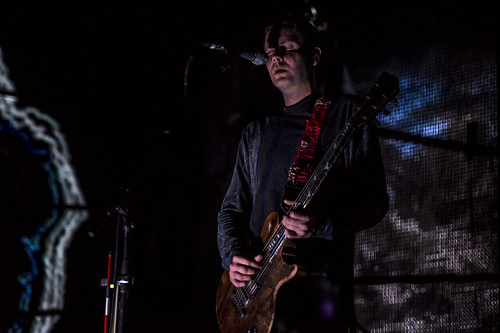
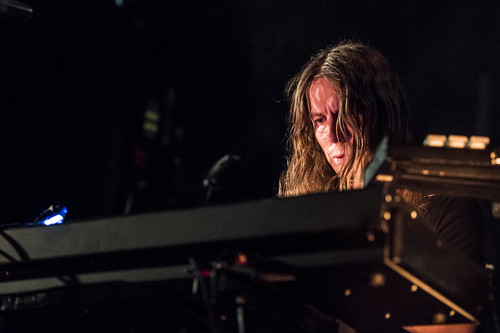

Ending the second and final set was longtime show-closer "Popplagið", one of the band's most devastatingly beautiful and emotional crescendos. Without any other musicians to augment them, Jónsi, Georg, and Orri simply pushed their instruments to their limits during the song's tempestuous climax, with Jónsi's voice leaving its usual dulcet siren behind for a breathtaking, mournful cry. If Kveikur was the "anti-Valtari", as Georg once described it, the forthcoming release looks set to be a sort of counterpart to (): heavy but not loud, loaded with gravity. Like that album though, the band's new material – and the show as a whole – has a sublimely accessible door to it. Although the music seems to be heading back into an insular direction, Sigur Rós, with the staging as their figurative fourth member, has reinvented its live show in a way that seems to match the increasingly stadium-like ambitions that the band seem to have.
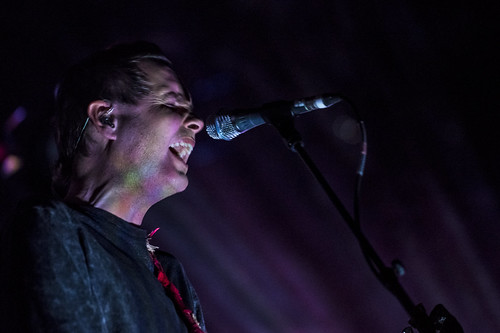
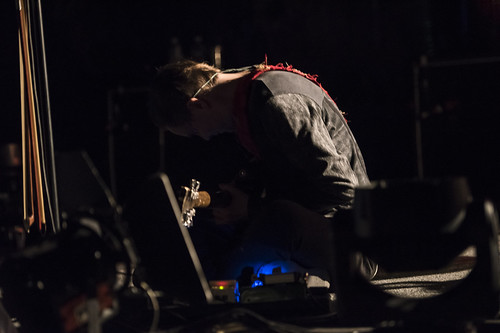
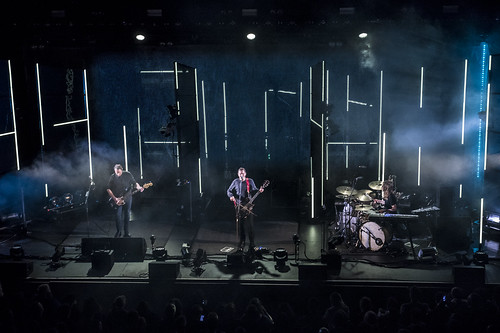

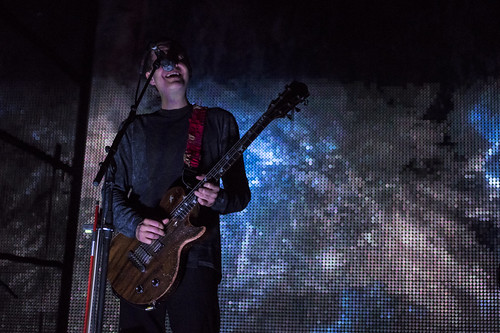
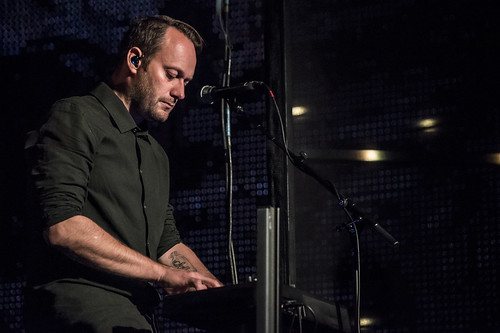
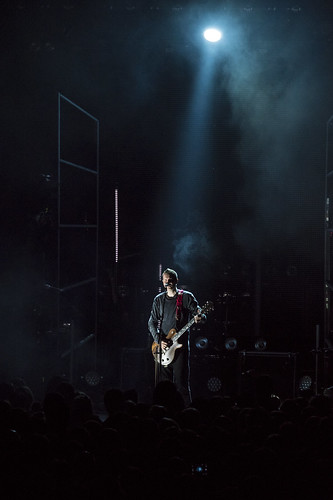

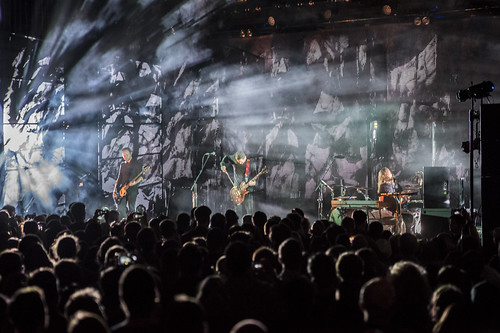
Photos and review by Alan Lawrence
In all the press shots for their new album, Swedish indie rock veterans Peter Bjorn and John are decked out in custom jumpsuits and armed with cartoon tools. They look like they are ready for a day of work at the zaniest garage or gear shop that you've ever seen. And yet, the imagery is fitting, pe…